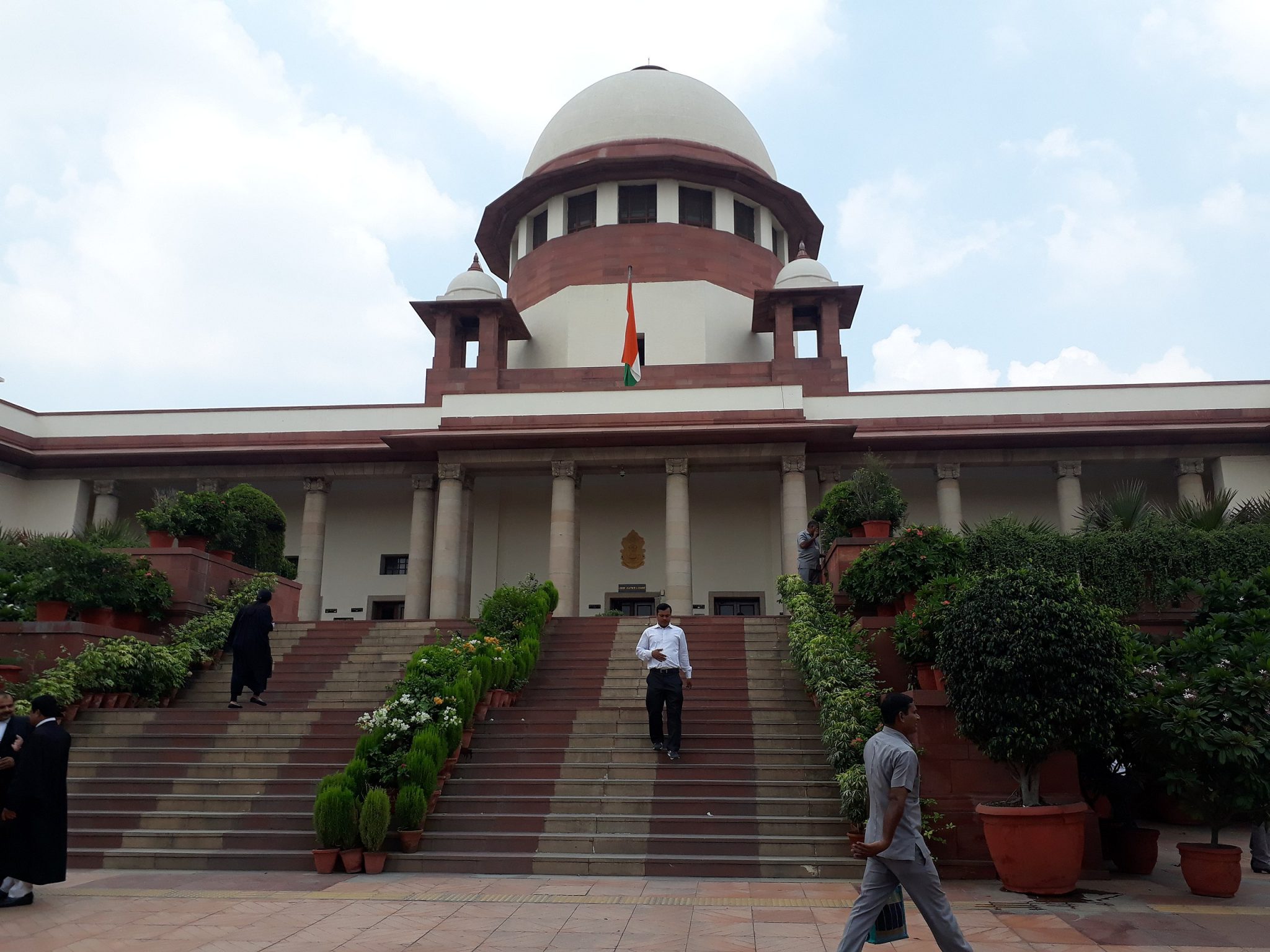News Highlight
Justice Dhanajaya Yeshwant Chandrachud was appointed as the 50th Chief Justice of India (CJI), succeeding the 49th CJI, Uday Umesh Lalit.
Key Takeaway
- D.Y. Chandrachud is former Chief Justice of the Allahabad High Court and a former judge of the Bombay High Court.
Chief Justice of India (CJI).
- About
- The Chief Justice of India is the Supreme Court of India’s chief judge and the highest-ranking officer in the Indian federal judiciary.
- Qualifications:
- The CJI should be a citizen of India.
- He/She should Have been for at least five years a Judge of a High Court or two or more such Courts in succession or
- He/She has been for at least ten years an advocate of a High Court or two or more such Courts in succession, or
- Be, in the opinion of the President, a distinguished jurist.
- Appointment:
- The CJI and the Judges of the SC are appointed by the President under clause (2) of Article 124 of the Constitution.
- From 1950 to 1973, the practice was to appoint the senior most judge of the SC as the CJI.
- This established convention was violated in 1973 when A N Ray was appointed Chief Justice of India by superseding three senior judges.
- Again, in 1977, M U Beg was appointed as the chief justice of India by superseding the then senior-most judge.
- The SC curtailed this discretion of the government in the Second Judges Case (1993), in which the SC ruled that the senior judge should alone be appointed to the office of the CJI.
- Oath or Affirmation:
- A person appointed as a judge of the SC has to make and subscribe to an oath or affirmation before the President.
- Chief Justice of India – Functions:
- The Chief Justice is in charge of allocating cases and appointing constitutional benches that deal with critical legal issues as leader of the Supreme Court.
- CJI delegates all duties to the other justices in line with Article 145 of the Constitution and the Supreme Court Rules of Procedure of 1966.
- The CJI is responsible for the following administrative tasks:
- Maintenance of the roster; appointment of court officials;
- Other general and incidental topics concerning the Supreme Court’s supervision and operation.
- Administrative Powers of CJI (Master of Roster):
- The term ‘Master of the Roster’ refers to the Chief Justice’s ability to form Benches to hear cases.
- It is common to refer to the office as primus inter pares – first amongst equals.
- Besides his adjudicatory role, the CJI also plays the role of the administrative head of the Court.
- In his administrative capacity, the Chief Justice exercises the prerogative of allocating cases to particular benches.
- CJI also decides the number of judges that will hear a case.
- Tenure of Judges:
- The Constitution has not fixed the term of a judge of the SC.
- However, it makes the following three provisions in this regard
- Holds office until they attain the age of 65 years.
- They can resign the office by writing to the President.
- They can be removed from their office by the President on the recommendation of the Parliament.
- Removal of Judges:
- A judge of the SC can be removed from office by order of the President.
- The President can issue the removal order only after an address by Parliament has been presented in the same session for such removal.
- The address must be supported by a special majority of each House of Parliament.
- Grounds of Removal: Proved misbehaviour or Incapacity.
- The Judges Enquiry Act 1968 regulates the procedure relating to the removal of a judge of the SC by the process of impeachment.
- No judge of the SC has been impeached so far.
- A judge of the SC can be removed from office by order of the President.
- Acting CJI:
- The President can appoint a judge of the SC as an acting CJI if:
- Office of CJI is vacant.
- CJI is temporarily absent.
- CJI is unable to perform the duties of the office.
- The President can appoint a judge of the SC as an acting CJI if:
Content Source: The Hindu



